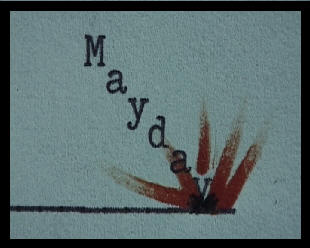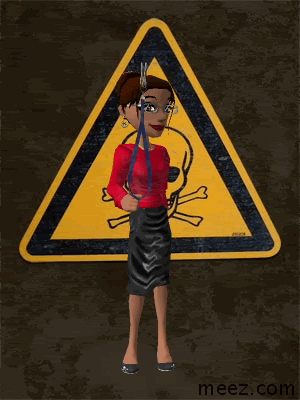You've gotta check this out:
 http://www.physorg.com/news97768878.html
http://www.physorg.com/news97768878.html“Astronomers Report Biggest Stellar Explosion”
An unprecedented event rocked the astronomy world this past Monday. It has been reported that the largest and brightest interstellar explosion ever recorded has been discovered, an explosion so different from a normal supernova that it is in a category of its own (see Figure 1). The star that was described as “freakishly massive,” by Nathan Smith from UC Berkley, was estimated at 150 times the mass of the Sun. Even more exciting is the fact that scientists are at a loss as to the reason for the explosion. It is interesting to note that usually large stars collapse upon themselves and create black holes or neutron stars; however, here the star exploded, forcing scientists to reevaluate theories relating to the demise of stars.
Again, while the cause of the explosion is unknown, scientist are exploring a theory known as “pair instability” that was originally put forth by Zalman Barkat of the Hebrew University of Jerusalem about 40 years ago. In this theory, the core of the star is filled with such intense radiation that pairs of electrons and positrons, the antimatter opposites of electrons, are formed. Usually, when a star is depleted of its core radiation, it collapses upon itself, but here, the core of the star is still filled with “explosive oxygen” that can “ignite and blow the star to smithereens with no remnant, black hole left,” explains Craig Wheeler of the University of Texas.
The explosion of this star has possible consequences for Eta Carinae, a star located in our own galaxy 7,500 light years away. Scientists suspect that Eta Carinae, a star that has 120 times the mass of the Sun, could explode at any time, tomorrow or billions of years in the future, in a similar manner to the interstellar explosion discovered on Monday. If Eta Carinae does explode, it is theorized that little damage will occur on Earth, although the explosion would be visible in daylight, and if it occurred at night, one could read a book by its light.
Source (MLA Style):
Overbye, Dennis. “Astronomers Report Biggest Stellar Explosion.” The New York Times. 7 May 2007. HTML link here
















































